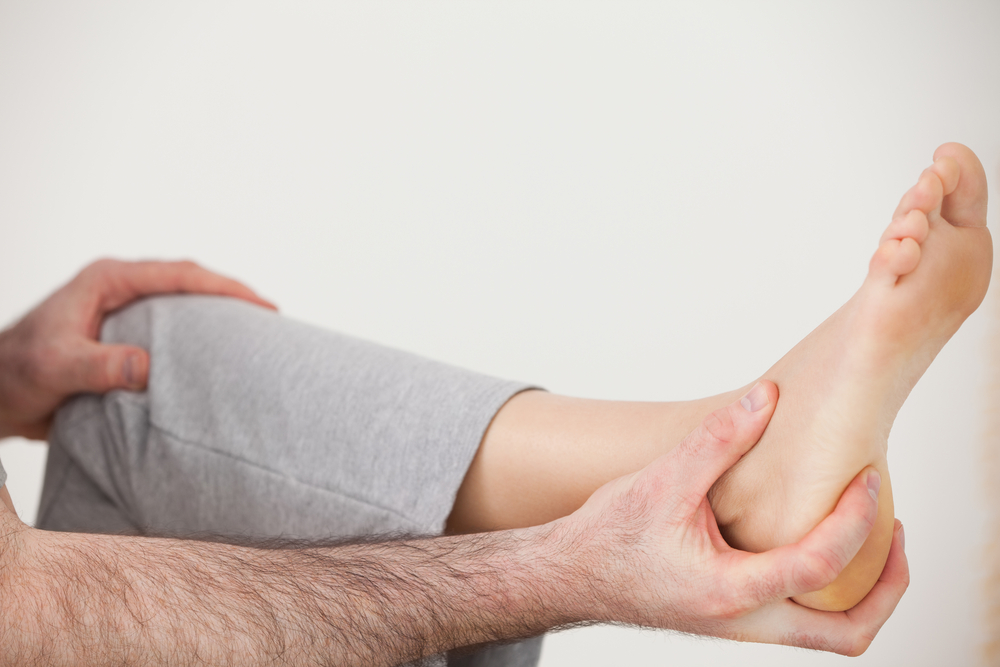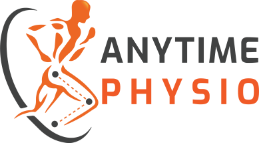
It's not uncommon for people to underestimate injuries in areas in their body that aren't easy to spot. For example, foot injuries are much harder to diagnose since people can undermine their pain as temporary due to fatigue from walking or running. However, a recurring pain around your heel can be a telltale sign of having retrocalcaneal bursitis.
What is retrocalcaneal bursitis?
Retrocalcaneal bursitis can manifest in pain when leaning on your heel or sitting with heels on the ground. The pain can intensify when using your calf muscles to run, walk or perform workouts involving your lower body. Unfortunately, this condition can build up over time, with you unknowingly contributing to its development.
Retrocalcaneal bursitis occurs when your bursa, located around your tendons over the heel, gets inflamed by the tension of rubbing against the heel bone. It's common to experience this injury after a fall or a sports-related accident. Instead of a single impact, it can also manifest due to repetitive trauma caused by excessive loading on your heel.
What are the potential causes of retrocalcaneal bursitis?
A physiotherapist usually looks for swelling or tenderness around your heel to diagnose if you have retrocalcaneal bursitis. The common cause of retrocalcaneal bursitis is muscle weakness and fatigue. If you're living an inactive lifestyle, you may have a hard time recovering. This is why people must undergo strength and endurance workouts for their entire body, especially for their lower body.
What are the treatment options for retrocalcaneal bursitis?
In layman's terms, retrocalcaneal bursitis is a directed form of inflammation. This means that any treatment that can reduce swelling will improve your recovery if you have it. You can apply ice packs on your inflamed bursa to numb the pain and lessen the swelling over time. If you're under a lot of pain, you can take nonsteroidal anti-inflammatory drugs (NSAIDs) to improve your healing response. For worst-case scenarios, your physician may prescribe corticosteroid injections with a local anesthetic to remedy your condition.
If the solutions above are not enough, you may need to undergo a bursectomy to surgically remove the bursa. Thankfully, foot bursectomy is generally safe. Additionally, removing your bursa doesn't affect your nearby muscles and joints after a successful surgery.
How do I recover from retrocalcaneal bursitis?
After following your physician's necessary treatment option, pain management and recovery will be your main goal as a patient. Since pain is generally the last symptom you'll experience after developing retrocalcaneal bursitis, it's also the first ailment that'll improve. You may need to undergo electrotherapy, acupuncture or de-loading techniques to speed up your recovery.
Next, your physiotherapist needs to focus on physical therapy for rehabilitation to ensure that your body is back in full strength. Unfortunately, there are cases where a patient can experience a familiar pain to return. If you didn't have a bursectomy, it might be due to insufficient time in rehabilitation or misdiagnosis from your chosen physician.
Conclusion
Retrocalcaneal bursitis can also be a secondary condition for more severe and chronic injuries, such as Achilles tendonitis, heel spurs and rheumatoid arthritis. It's best to allow a medical professional to diagnose your condition to see if you'll need treatment just for the symptoms or for an underlying illness.
At Anytime Physio, we offer cost-effective physiotherapy performed by our professional experts who value your care and comfort above anything. We deliver rehabilitation plans and treatment techniques that cater to your condition and preferences. If you need Brisbane-based physiotherapy services for your different physical ailments, schedule an appointment with us today!

